#Greek Swords
Text



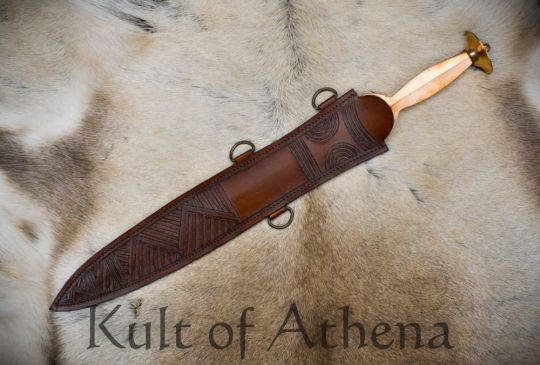
Deepeeka – Ancient Aegean Naue II Sword with Bronze Hilt
A truly ancient sword, the Naue II type swords were first created and used for ancient warfare almost 3,500 years ago around 1450 BC. Originally made entirely of bronze, these robust and long-bladed (for the time) swords which feature a hilt of organic material being riveted and pinned directly to the blade tang were in use for over 700 years and they bridged the gap between the bronze and iron ages with later designs having sword blades crafted from iron. These swords could be seen everywhere from northern Italy to the far ends of the Mediterranean and were most prominent around the Aegean.
This reproduction of an ancient Naue II sword has a blade of tempered, modern steel for durability and reliability. Its hilt is formed from bronze which is riveted directly to the thick blade tang for a very sturdy overall construction. Included with the sword is a tough leather sheath with hand-embossed and tooled design and antiqued hanging rings that allow for it to be worn vertically or at an angle with a baldric set up (sword belt not included).
#Kult of Athena#KultofAthena#New Item Wednesday#Deepeeka#Ancient Aegean Naue II Sword with Bronze Hilt#Ancient Aegean Naue II Sword#sword#swords#weapon#weapons#blade#blades#European Swords#European Weapons#Ancient Swords#Ancient Weapons#Bronze age#C60 High Carbon Steel#Battle Ready#Greek Swords#Greek Weapons
16 notes
·
View notes
Text

Greek Swords | Battling Blades
Discover the perfect Greek swords for your collection at Battling Blades. Our unique selection offers detailed craftsmanship and authentic designs that will bring your historical reenactments to life.
greek swords
0 notes
Text
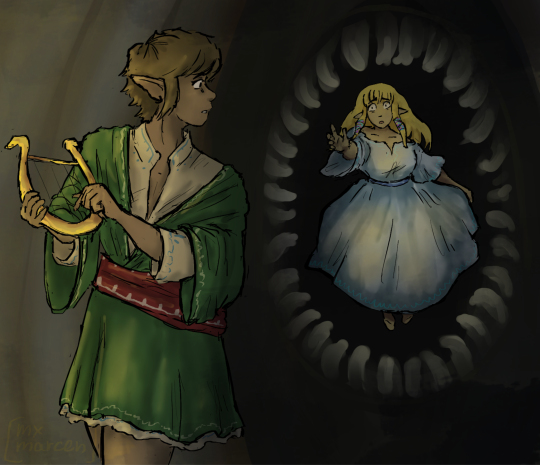
orpheus and eurydice
#mx art#art#link fanart#zelda fanart#skyward sword fanart#link skyward sword#skyward sword#skyward sword zelda#skyward sword zelink#zelink#orpheus#eurydice#greek mythology#digital art
507 notes
·
View notes
Text
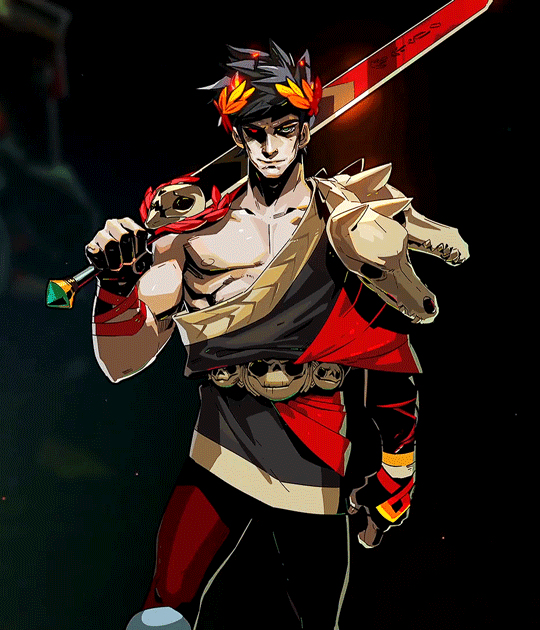
Zagreus in Hades
#zagreus#hades game#gaming#greek mythology#mythology#sword#weapon#husbando#hot#zagreusedit#hadesgameedit#gamingedit#hotstuffedit#my edits#2401
173 notes
·
View notes
Text

The Sword of Damocles by Richard Westall
#damocles#sword#art#richard westall#neoclassicism#neoclassical#dionysius i#dionysius#king#courtier#power#peril#fear#allusion#sicily#syracuse#magna graecia#ancient greece#ancient greek#cicero#maidens#swords#horsehair#court#dionysius i of syracuse#mediterranean#classical antiquity#timaeus of tauromenium#europe#european
104 notes
·
View notes
Text
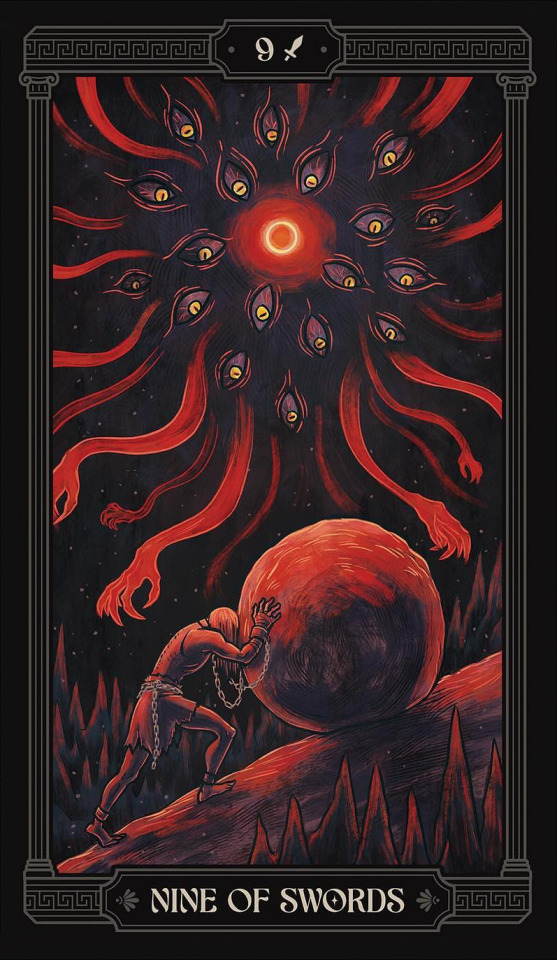
Nine of Swords. Art by Ivy K, from the Mythos Tarot.
SISYPHUS
88 notes
·
View notes
Text
AND WHAT IF I'M THE MONSTER?
Lurking deep belowww....
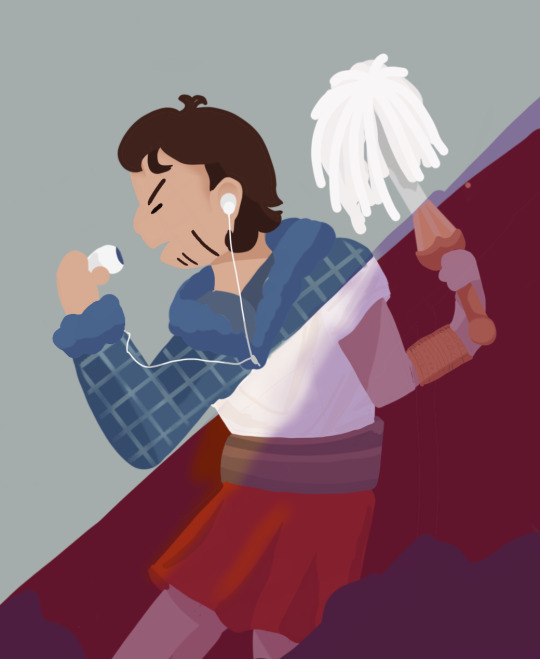
This was me yesterday singing from the top of my lungs!!!! hahaha
I´M SO EXCITED!!!!!!
APRIL 26TH, LET´S GOOOOOOOOOOOOOOOOOOOOOOOO(⊙_⊙;)
UNDERWORLD SAGA!!!!!!!!!!!!!!!!!!!!!!!
#the odyssey#epic the musical#greek mythology#underworld saga#the underworld saga#Hades#Monster#monster#tiresias#song#musical#April 26#26 de abril#day after my birthday!#odysseus#the dead#ahhhhhhhhhhhh#i can´t wait#jorge rivera herrans#jimbo pimbo#mr jalapeño#fanart#my own art#singing while cleaning#the end of the sword is a mop#hahahaha#I´m so happy#crew#libations#the Hades
88 notes
·
View notes
Text
On love and sacrifices
There’s so much more to this scapegoating business and big sacrifices referenced in the Good Omens narrative than the literal goats. And they’re only getting bigger, louder, final.
But let’s take it slow and start with the beginning, quite literally — i.e., with the Good Omens 2 title sequence. As we follow Aziraphale and Crowley on their journey, the universe warps and their usual left and right side positioning switches during the magic show (not accidentally an act of trust and sacrifice required both from the angel and the demon). They stay so throughout the next scene, which is their little dance in the air, and after they seemingly get settled on the A. Z. Fell and Co.’s roof and back to normal, the flipped sky in the background suggests that something’s not quite right yet. In the central part of the shot looms a large, humanlike shadow of the Elephant Trunk Nebula.


The nebula is a part of a constellation called Cepheus, after an Ethiopian king from the Greek mythology who agreed to sacrifice his only daughter in order to appease the gods and end a local calamity started by her mother and his wife, Cassiopeia (talk about generational responsibility). With time and a delightfully ironic twist of fate, the name of said daughter, Andromeda, became more famous than that of her father. Although she was chained up to a rock and offered to the sea serpent Cetus, the girl was spotted by the warrior Perseus, casually flying over the sea — either on the back of the Pegasus or thanks to a pair of winged sandals — after his victory over Medusa. He fell in love on the spot, defeated the serpent (with the help of a magical sword or Medusa’s severed head, depending on the varying sources), and freed the princess. That’s not exactly where their story ends, but we won’t be getting into the rest here.
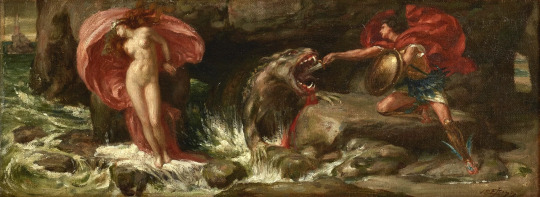
Not surprisingly, Neil has mentioned two parallel child sacrifice stories from the biblical context back in August. The first is one of the big ones — The Binding of Isaac. God's command to sacrifice Isaac, his only son, was a test of Abraham's faith. The angel of the Lord intervenes and provides a ram to be sacrificed in the boy’s place.
The second one isn’t nearly as popular, but you might have heard a variant of it in fairy tales or as the Law of Surprise invoked in The Witcher saga. In exchange for Israel’s victory over its enemies in battle, Jephthah had rashly promised God to repay the debt with the first thing seen on his return back home. The victorious warrior didn’t suspect to see his only child moving innocently "to meet him with timbrels and with dances" though. In horror, Jephthah covered his eyes with his cloak, but to no avail: ultimately, he was forced to honor his vow to God, and the girl was sacrificed. As grisly as it might look like in the Old Master’s paintings, it’s important to remember that human sacrifices weren’t limited to physical offerings only — Jephthah’s daughter might have been offered to God in the sense of officially shunning her family and dedicating her life to service instead, probably sequestered in a temple somewhere.
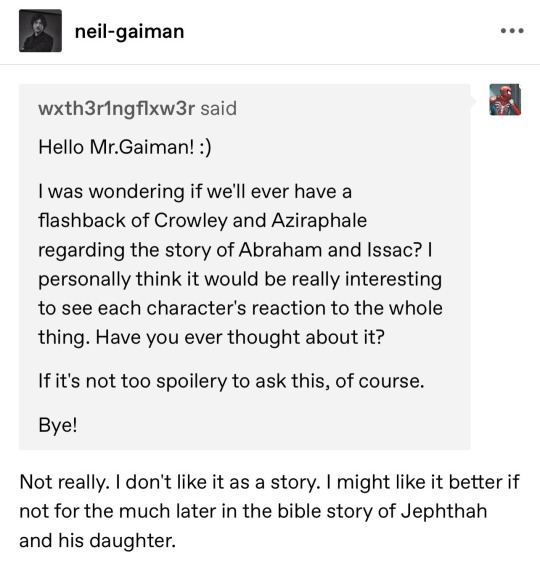

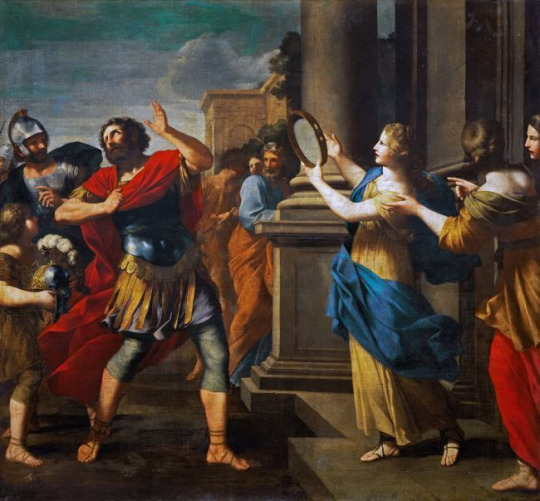
Interestingly, the main character of a big chunk of the Bible and the reason for the Second Coming happens to be THE most influential child sacrifice in the modern history. You know, a certain 33-year-old carpenter sent by his Heavenly Father to die on a cross for the sins of the mankind? Someone better call Aubrey Thyme ASAP.
Circling back to Aziraphale, he could be also seen as a representative of the concept of filial piety, since Eden willing to personally take a Fall not only for the humanity’s collective or individual transgressions, but the shortcomings of his Ineffable Parental Figure as well. Our favorite angel angel always fights for what is right and good, sure, but why would that be even a thing if God was truly omniscient, omnipresent, and omnipotent?


If Aziraphale’s medal is anything to go by, it looks like we might get an answer from the way it’s introducing another mythological narrative into the game, that is the story of Daedalus and Icarus. The most absorbing thing about this is the stark contrast to the recurring child sacrifice references for S3 mentioned in this post — Daedalus isn’t a father who wanted to sacrifice his son, it was his attempt to save him from imprisonment that ultimately drove Icarus to his death. The boy ignored his father’s explicit instructions, committing the grave and culturally universal sin of disobedience to one's parents that simply couldn’t go unpunished, one way or another.
But Icarus’s transgression could be seen both as high-flying ambition and striving for personal accomplishment as well as humanitarian sacrifice for knowledge and humanity’s advancement in general.
Similarly to a certain angel who left everything for what superficially seems like a work promotion, but is the ultimate act of love — both for his demon and the children they have been protecting and nurturing together for six thousand years. From the very Beginning, his white wings have been shielding everything he holds dear in this world.

#happy easter#child sacrifice#greek mythology#bible fanfiction#good omens#good omens meta#never skip the intro#peter anderson studio#easter eggs#nebula#archangel michael approves#sword fighting with snakes#prince and the serpent#supreme archangel aziraphale#bamf aziraphale#aziraphale needs a hug#aziraphale#crowley#yuri is doing her thing#daedalus and icarus#cepheus and andromeda#abraham and isaac#jephthah’s daughter#god and jesus
131 notes
·
View notes
Text

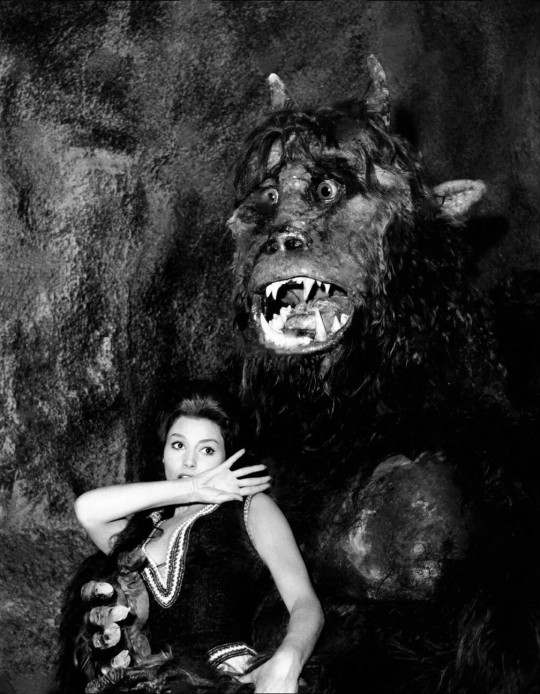
Minotaur, the Wild Beast of Crete (1960)
#minotaur the wild beast of crete#60s fantasy movies#sword and sandal#italian movies#rosanna schiaffino#teseo contro il minotauro#silvio amadio#milo malagoli#greek mythology#sixties#1960
97 notes
·
View notes
Text
The BBC really used to get a bunch of good looking men, dress them in leather and give them swords and expected us to be normal about it, huh?
#bbc merlin#bbc the musketeers#bbc robin hood#merlin#the musketeers#robin hood#bbc#swords#period drama#this is why their weird greek one failed#not enough swords#which is hilarious considering it was set in ancient greek#just googled it#it was called atlantis
301 notes
·
View notes
Text

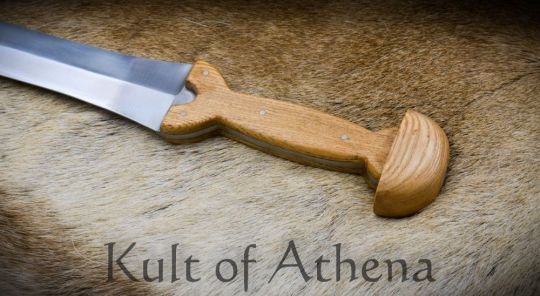
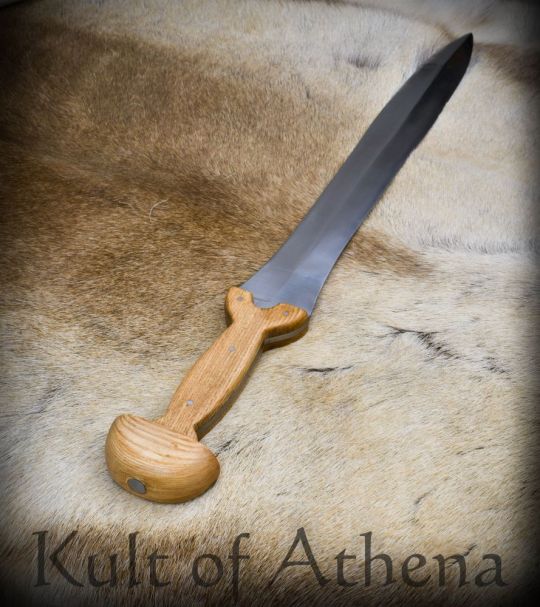

Deepeeka – Ancient Aegean Naue II Sword
A truly ancient sword, the Naue II type swords were first created and used for ancient warfare almost 3,500 years ago around 1450 BC. Originally of bronze, these robust and long-bladed (for the time) swords which feature a hilt of organic material being riveted and pinned directly to the blade tang were in use for over 700 years and they bridged the gap between the bronze and iron ages with later designs being crafted from iron. These swords could be seen everywhere from northern Italy to the far ends of the Mediterranean and were most prominent around the Aegean.
This reproduction of an ancient Naue II sword has a blade of tempered, modern steel for durability and reliability. Its hilt is formed from pinned halves of smoothly carved and polished wood for a sturdy overall construction. Included with the sword is a tough leather sheath with hand-embossed and tooled design and antiqued hanging rings that allow for it to be worn vertically or at an angle with a baldric set up (sword belt not included).
#Kult of Athena#KultofAthena#New Item Wednesday#Deepeeka#Ancient Aegean Naue II Sword#sword#swords#weapon#weapons#blade#blades#European Swords#European Weapons#Ancient Swords#Ancient Weapons#Bronze Age#Iron Age#Greek Swords#Greek Weapons
6 notes
·
View notes
Text
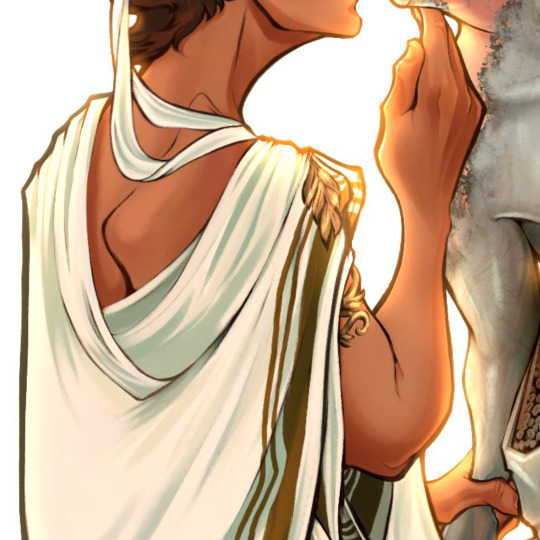
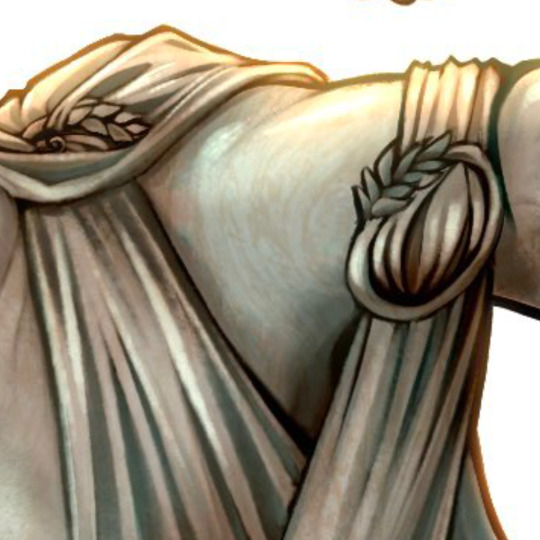
Auro, the God of Spring, turns to stone each year at his season’s end, only awakening the following year at its beginning.
For four hundred years, it has been a dreamless sleep for Auro.
This year, he knows he will dream of Alexios until he can walk the earth again.
🖼️ by @crossroadart-seabear
#writing#fiction#queer fiction#gay romance#original fiction#emmaline strange#indie authors#lgbtqia#queer art#support human artists#sword and sandal#greek mythology#ancient greece#ancient rome vibes#fantasy#legends#folklore
149 notes
·
View notes
Text

Brian Froud • Pan
#brian froud#faeries#faery#sword#legend#fantasy#fees#feerie#nature#art#krom#feri gods#pan#god pan#greek gods#beauty#faery lore#dark faery#dark art#gothic#spirit world#gods#spirits#lutins#great god pan#dieu pan#grand dieu pan#greek mythology
406 notes
·
View notes
Text

Perseus Rescuing Andromeda (detail) by Giuseppe Cesari
#perseus#pegasus#art#andromeda#giuseppe cesari#cavaliere d'arpino#greek mythology#mythical creatures#sword#shield#helmet#medusa#gorgon#classical antiquity#ancient greece#ancient greek#europe#european#mythology
71 notes
·
View notes
Text
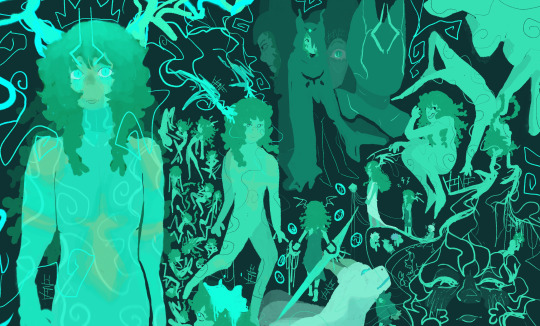

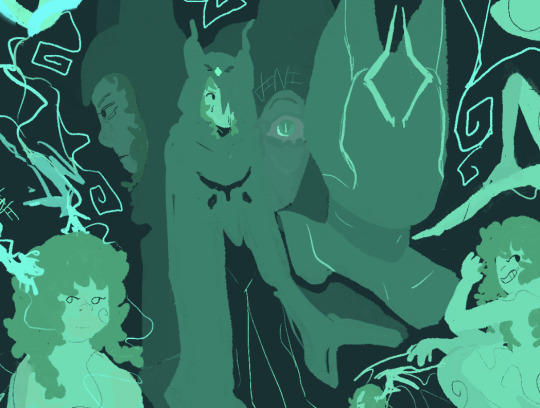
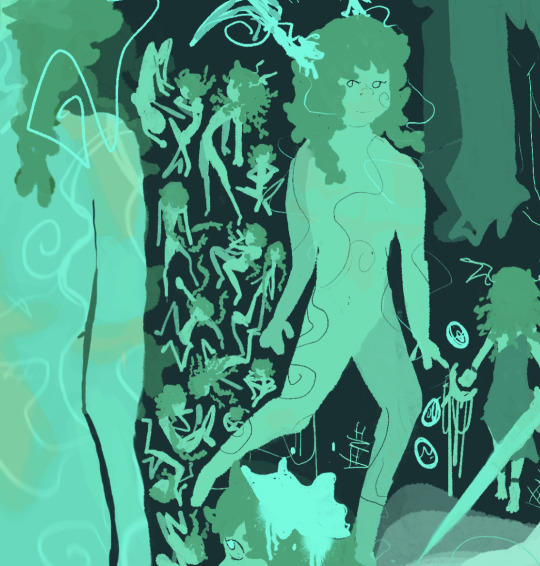

ALIENS!!
#im starting to notice a pattern of me using a lot of green and blue in my art#wakfu#yumalia#wakfu yugo#amalia sheran sharm#green#blue#swords#dragons#wakfu adamai#wakfu eliatrope#eliatrope council#eliatropes#braids for days#did you notice how much I love Greek braids?
204 notes
·
View notes
Text

Wanted to do a companion piece for the Artemis painting from a while ago so here's her radiant brother Apollo🌞
#Apollo#greek mythology#myht#mythology#greek god#theoi#god of light#sun god#god of music#archer#bow and arrow#sword#swan#wolf#roe deer#griffon#mythological creature#raven#hawk#snake#cicada#hyacinth#cattle#dolphin#mice#lyre#sun#nature#watercolor#painting
301 notes
·
View notes